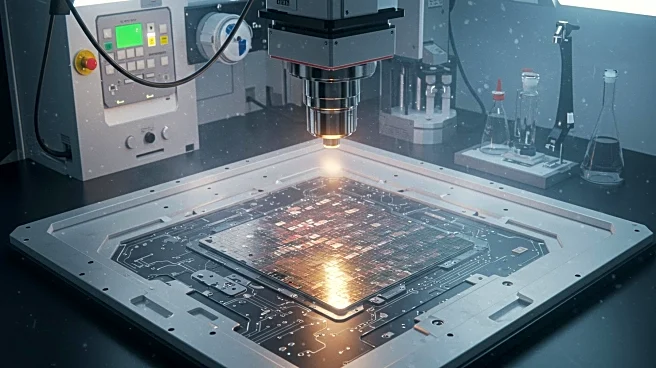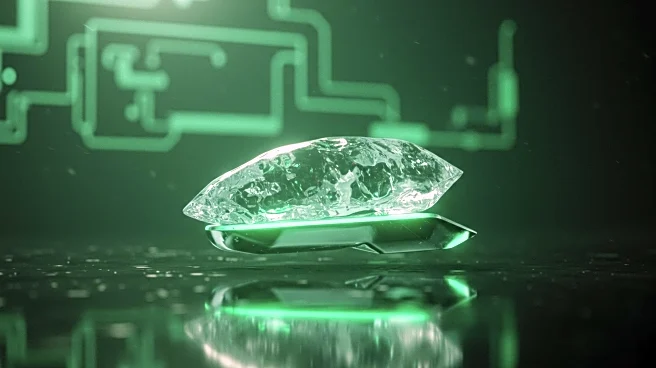Rapid Read • 7 min read
X-ray photoelectron spectroscopy (XPS) is being utilized to probe the surface of photoactive semiconductors, which are crucial for clean technologies like photovoltaics and photocatalysis. XPS helps detect impurities and monitor changes in the oxidation state of semiconductors, providing insights into their chemical reactivity and stability. This research is essential for improving solar energy conversion efficiency and understanding photocatalytic processes.
Advancements in semiconductor research are vital for the development of efficient solar energy technologies, which are key to reducing reliance on fossil fuels and combating climate change. XPS offers a deeper understanding of semiconductor surfaces, enabling the optimization of photovoltaic and photocatalytic devices. This could lead to more effective and sustainable energy solutions, benefiting both the environment and the economy.
AD
Continued research using XPS could lead to breakthroughs in semiconductor technology, enhancing the performance and durability of solar energy systems. Collaboration between researchers and industry stakeholders will be crucial to translating scientific findings into practical applications. As the demand for clean energy grows, innovations in semiconductor research will play a pivotal role in shaping the future of energy production.
The use of XPS in semiconductor research highlights the intersection of science and technology, emphasizing the importance of interdisciplinary collaboration. It also raises questions about the ethical implications of technological advancements, particularly in terms of environmental impact and resource management.
AD
More Stories You Might Enjoy










